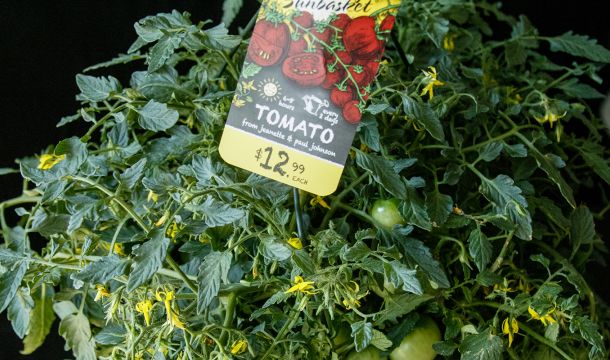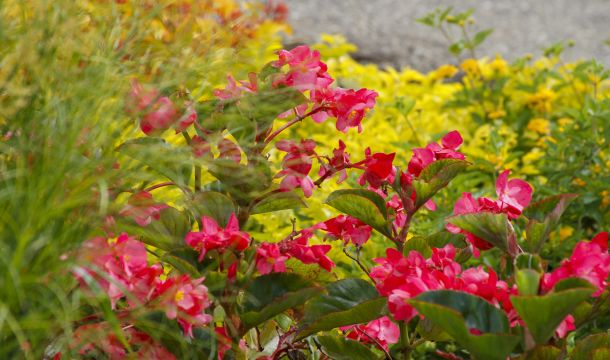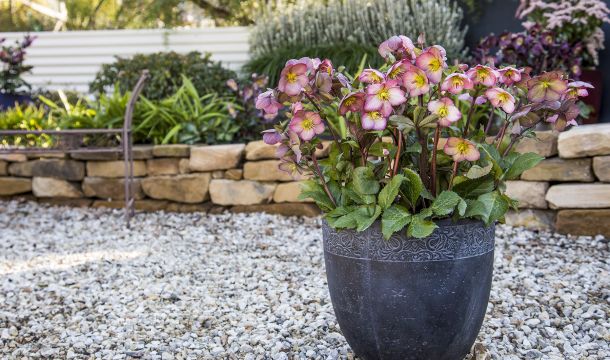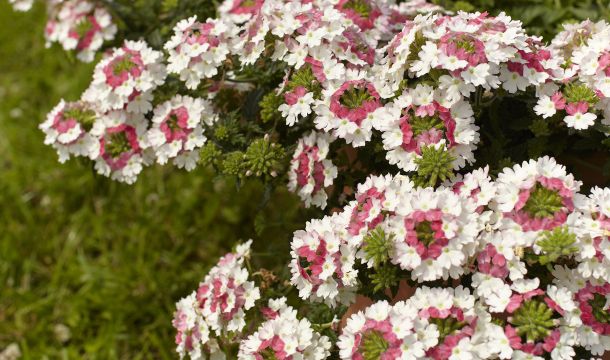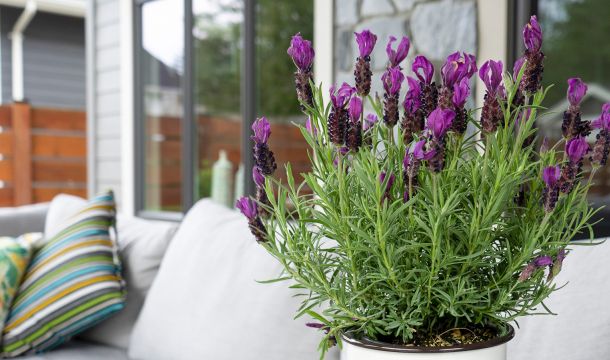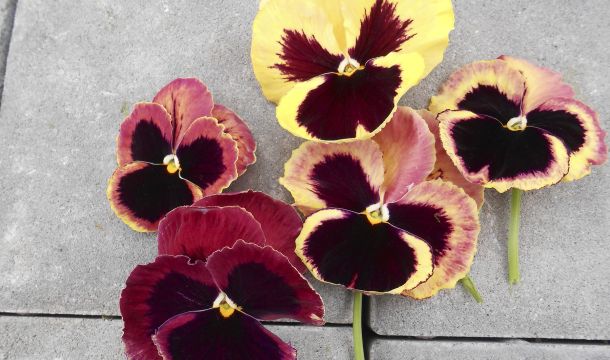The Rise and Fall and Rise of Zonals

Zonal geraniums belonged to another world at the start of the 60s. Individual growers built up next year’s stock with their own cuttings once spring sales finished. However, bacterial blight was endemic back then so crop losses of 10 to 45% or even higher were common. A good rule of thumb was slow, cold, and tough, on the theory that a plant that was slow to grow would also be slow to die.
Firms like Oglevee and Fischer used aggressive cultural indexing to remove contamination from mother stock and focused clonal selections on high-value traits such as vigor, ease of growth, and of course, vibrant red color. Propagation rates improved dramatically and yield rates became dependable. At last growers had access to a convenient source of fast-growing Geraniums, reliably ready for spring and summer sales in generous quantities.
Major series hit the market in the boom that followed, and they still sell strong today: Tango from Fischer (late 1980s), Americana from Goldsmith (mid 1990s), Rocky Mountain from Fischer (late 1990s) and Patriot from Oglevee (early 2000s). With a wide grower base supplying affordable product, the zonal Geranium became America’s sweetheart.
Series with decades of history, like Americana, Patriot and Tango, still deliver high volumes of sales today.
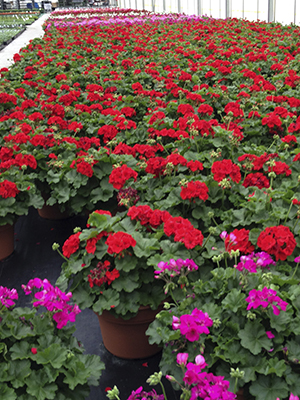 |
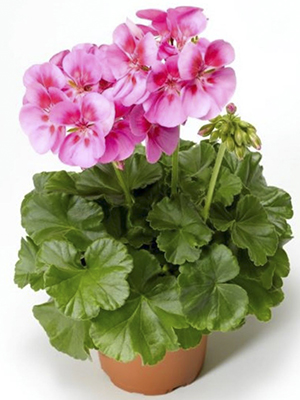 |
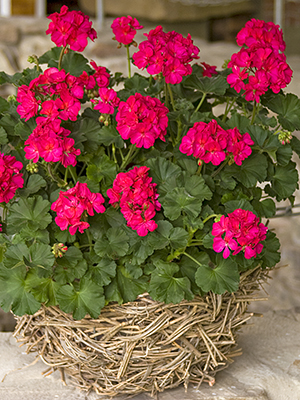 |
| Rocky Mountain Red and Violet | Americana Lavender Splash | Tango Neon Purple |
Drifting Affections
What ended the golden age of the zonal Geranium? Some question whether it ended at all. What did get noticed was that zonal revenues drifted by the 21st century. Even successful growers have tales of the unsuccessful.
- Was it the rise of the cart? Compact series fit the cubic spaces of roller carts better, but they didn’t have the same bragging rights in the garden.
- Was it the flood of choices? Genera that had no commercial presence two decades ago angled for the retail dollar. A simple market became more sophisticated.
- Was it the shift from red? Red was and is still the category’s keystone but other colors sell well now, too. The market bought into whites and splashes, but not all production noticed the shift.
Modern zonals have expanded into compacts, new color forms and cascading styles.
 |
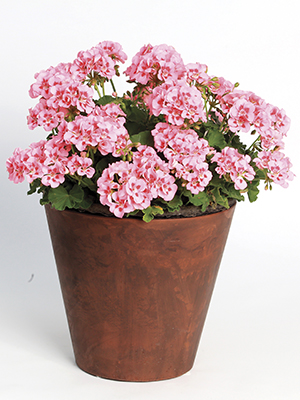 |
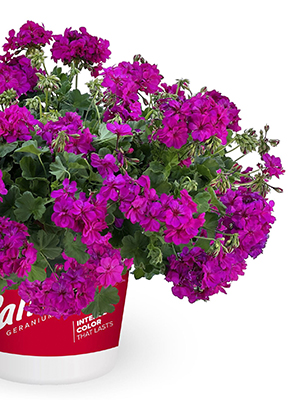 |
| 'Moxie Hot Pink' |
'Calliope Medium Pink Splash' | 'Calliope Cascade Violet' |
The Zonal-ish Geranium Today
Calliope Dark Red re-ignited the Geranium market by pulling out a velvety dark red formerly unique to the ivy style. It redefined what a red Geranium could be, shifting other reds. Ivy genetics also brought over several benefits tied to their dark leaves that are richer in chlorophyll. Cuttings resist ethylene gas better over long or delayed shipments. Plants resist chlorosis better because the leaves start with a higher amount of chlorophyll. Retailers see a longer shelf life on the bench. In the soil, plants resist heat-induced iron deficiency so they bloom better and longer in the summer.
These days, Calliope has expanded into two lines, large and medium. For many growers, the medium is a sweet spot because a grower can adjust it up or down to suit their needs. The large ones sell best where big is a benefit.
An interesting expansion is Calliope Cascade, a new introduction for baskets with better trailing edges and a faster finish time. The other one is Moxie!, a compact series that organizes the dark leaf benefits toward the production of smaller pieces. It’s the Skipper to Calliope’s Barbie.

Calliope's hallmark innovation brought over the deep dark red color from ivy geraniums, something the zonal versions had not seen before.
Core Production Series
A good core color program would be the Santana series, a green leaf zonal with double flowers that blooms earlier for retail sales. Santana restricts its color range to those that fit within a tight window of bloom time, habit, and vigor so that the crop can move as a block. The small series has a tight focus.
Mantra (dark leaf) and Mojo (green leaf) are fraternal twin production series bred for pot-tight applications. Normally, Geraniums send their blooms in all directions to fill the volume 360°. These two series point their efforts upward to keep the product naturally neat and tidy inside a smaller growing space.
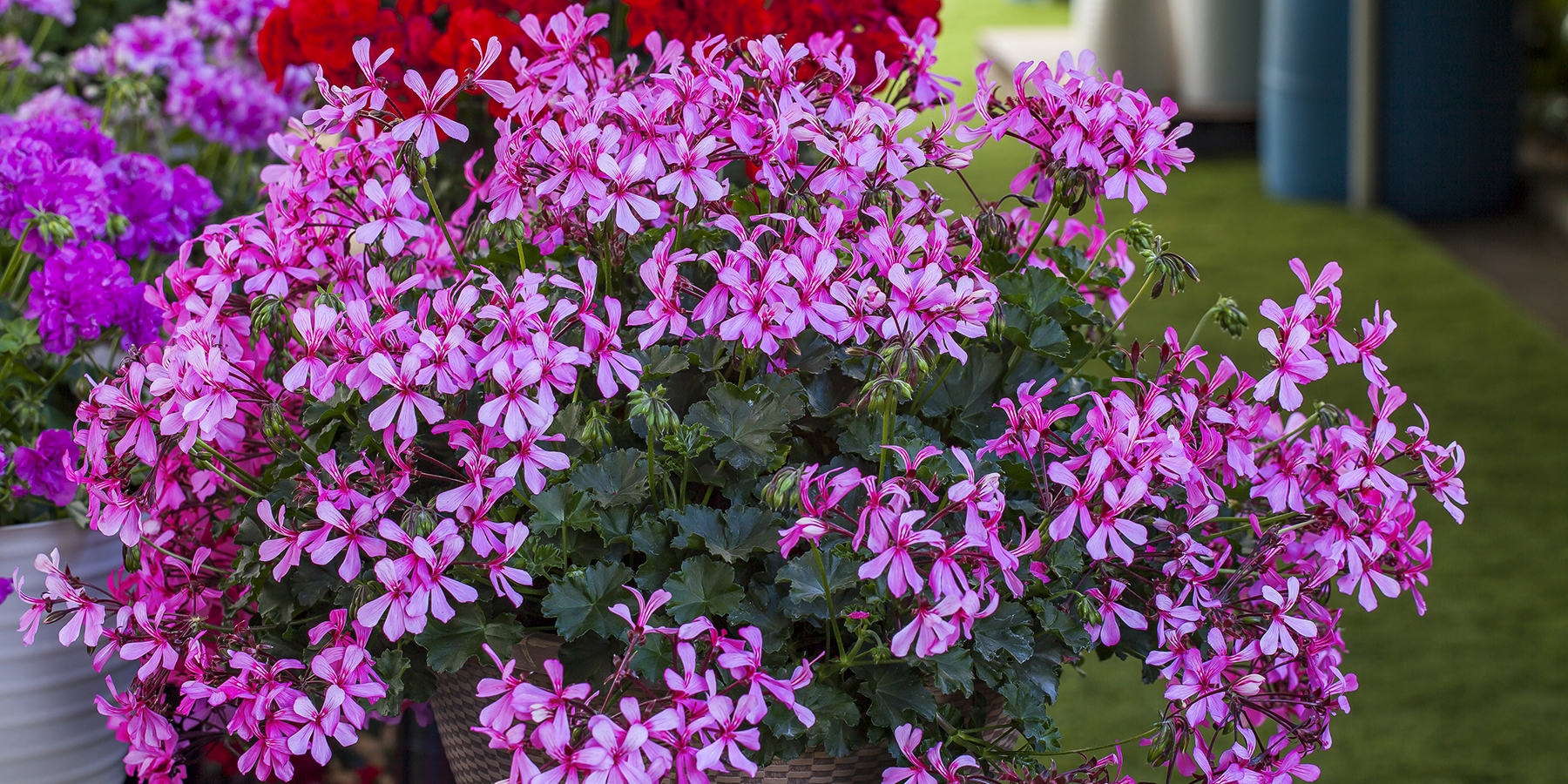
The Caldera series has surprising strengths in the commercial market. The singles are completely self-cleaning, and they sit over beefy and durable zonal foliage. Firms with large maintenance budgets to cover massive plantings really like this combination.
Large and Landscape
Caldera is another interesting blend of ivy and zonal strengths. Major resorts, golf courses, and plazas like the durable zonal body but the single ivy-style flower self-cleans exceptionally well. When dealing with very large plantings, this translates into near-zero maintenance.
Its competitor, the Sarita series, also has a single ivy-style flower over a dark green leaf. Sarita encourages diagonal blooms so the plant leans its color outward to knit together with its neighbors. Size runs from medium to large, but the vigor has been dialed back for better production control. The Big EEZE has extra-large heft for a more traditional zonal look where strong vigor is desired. Half of this series is noted for having extra-large flowers.
I should also mention a favorite of mine, the Brocade series, with old-fashioned bicolor leaves that have dark centers and chartreuse margins. Brocades look good in or out of flower, especially when planted in large masses. Sizes are low so they can be mixed with the large landscape varieties to form belts of color and texture across a vista.
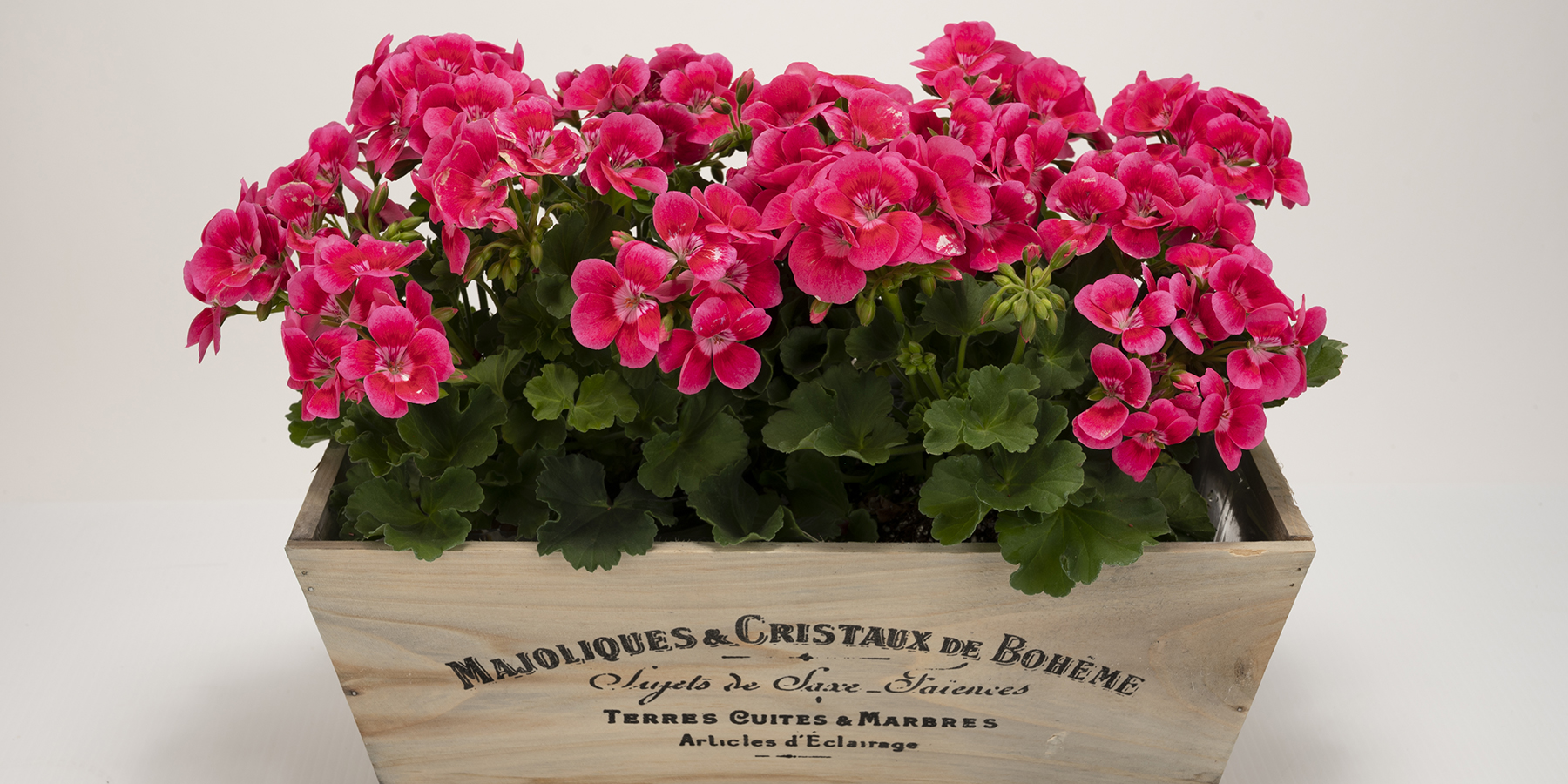
Pretty Little Pink Splash is a zonal take on the spring gift market. One of the first zonals to bloom and small enough to fit into novelty containers, the plants bloom upwards to put the flatter flower coverage across the top.
Expanding Diversity
For a wide range of colors, splashes (darker eyes) and sizzles (lighter eyes), look to the. Savannahs and Survivors. Medium Savannahs have dark green foliage and bloom earlier for the retail season. Larger Survivors have zoned or green leaves, blooming later for the commercial and landscape markets.
Pretty Little is a fully double Geranium that blooms upward in thick bunches, creating a basket top of color. It flowers early in the season on a small chassis, so it works in sizes common to the gift market and is ready for Easter and Memorial Day.
For variegated Geraniums like Vancouver Centennial (red and yellow margins) and Wilhelm Langguth (cream margins), the full-plant impact is the sell. I’ve worked with both to tuck texture and color among existing plantings, and they make a long-distance statement when planted en masse.

'Several variegated varieties, like Vancouver Centennial and Wilhelm Langguth, sell for the season-long appeal of their foliage in additional to their striking zonal blooms.
Popular Articles
